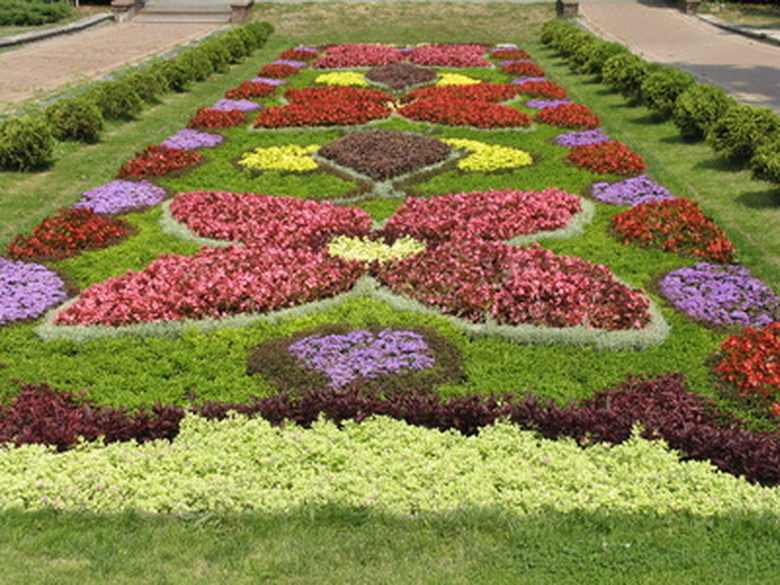How To Lay Topsoil Over Gravel
Topsoil is the necessary top 2 to 10 inches of soil in any lawn or garden. Without a good layer of topsoil, plants will not grow well, if at all. When you encounter a large area covered with gravel that you want for agricultural use, it is possible to lay topsoil over the gravel and plant a productive garden or healthy lawn. Though the process is labor intensive, you only need basic tools.
Step 1
Determine how much topsoil is necessary for the project. Measure with a tape measure the length and width of the gravel area on which you want to place the topsoil. Decide the desired depth of the garden area–a depth of 4 to 6 inches for a lawn and eight to 10 inches for a vegetable garden is ideal. Multiply the length by the width by the depth–this is the volume of topsoil necessary for the project. For a garden 12 feet long and 12 feet wise, as well as 10 inches deep (approximately .8 of a foot), you would multiply 12 by 12 by .8 to determine that you need 115 cubic feet of topsoil.
- Topsoil is the necessary top 2 to 10 inches of soil in any lawn or garden.
- Measure with a tape measure the length and width of the gravel area on which you want to place the topsoil.
Step 2
Level and smooth the graveled area with the rake.
Step 3
Shovel the required amount of topsoil onto the gravel.
Step 4
Smooth and level the topsoil with the rake.
Step 5
Apply water to the new topsoil with the sprinkler or hose and hose sprayer.
Lay Topsoil
Place a wooden stake at each corner of the area where you plan to add topsoil to mark its boundaries. Measure the marked area to determine how much dirt you need. Take the tiller to one corner of the area you marked. Cart your topsoil to the area you tilled in the wheelbarrow. Do not walk on the disturbed soil before or after you spread the topsoil to avoid compacting the earth. Till the existing soil and cover it with topsoil in a pattern of adjacent parallel strips to break the work down into manageable chunks. Set the tiller to a depth of at least 10 inches, and thoroughly mix the entire area.
- Level and smooth the graveled area with the rake.
- Shovel the required amount of topsoil onto the gravel.
Things Needed
- Tape measure
- Topsoil
- Shovel
- Rake
- Sprinkler or hose and hose sprayer
- Water
Tip
Some experts say it is preferable to remove as much gravel as possible before laying topsoil. It may be desirable to use wood, rocks or cement boundaries around the area to ensure retention of the topsoil. There are a variety of topsoil calculators available online to assist with the necessary calculations.
